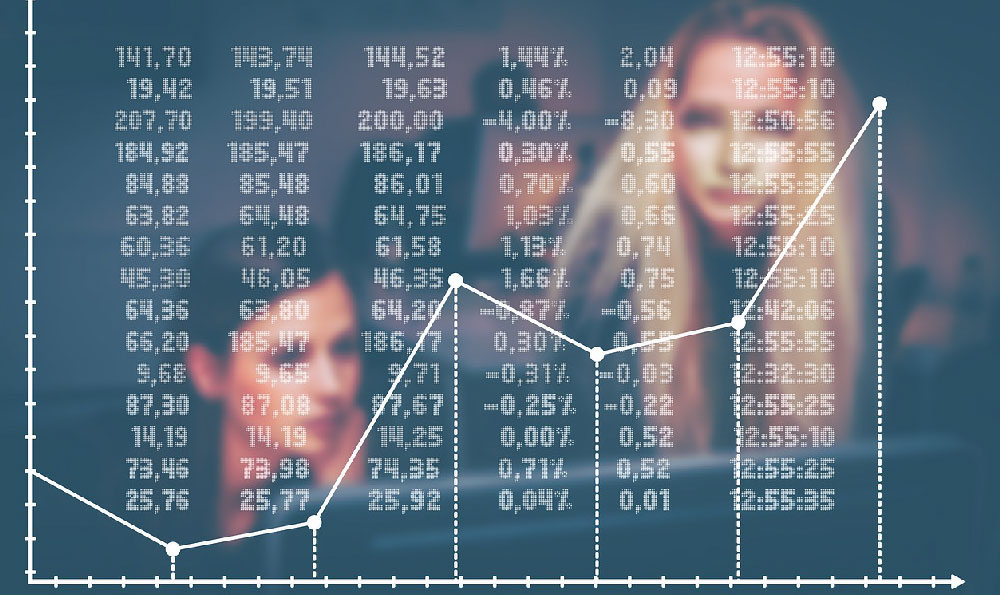Binance BTCUSDT: Trade or Hodl? Navigating the Current Crypto Landscape
The cryptocurrency market, particularly the BTCUSDT pair on Binance, remains a subject of intense debate and fluctuating sentiment. Deciding whether to actively trade or passively hold (Hodl) Bitcoin requires careful consideration of market dynamics, individual risk tolerance, and investment goals. This article delves into the factors influencing these strategies, aiming to provide a framework for making informed decisions in the current crypto environment.
Understanding the Trade Strategy: Riding the Waves of Volatility
Trading, in the context of BTCUSDT on Binance, involves actively buying and selling Bitcoin to profit from short-term price fluctuations. This approach necessitates a strong understanding of technical analysis, market indicators, and risk management techniques.
Technical Analysis as a Compass: Traders rely heavily on chart patterns, moving averages, relative strength index (RSI), and other technical indicators to identify potential entry and exit points. Mastering these tools allows traders to anticipate price movements and execute trades with greater precision. However, it's crucial to acknowledge that technical analysis is not foolproof, and false signals can occur.

Risk Management: Protecting Your Capital: Successful trading requires disciplined risk management. This includes setting stop-loss orders to limit potential losses, using appropriate position sizing to avoid overexposure, and diversifying trading strategies to mitigate risk. Overleveraging, a common pitfall for novice traders, can amplify both gains and losses, potentially leading to significant capital depletion.
Market Sentiment and News: Staying Informed: Active traders must stay abreast of market sentiment and news events that could impact Bitcoin's price. Regulatory announcements, macroeconomic data releases, and major technological advancements can all trigger significant price swings. Staying informed allows traders to react quickly to changing market conditions.
Benefits of Trading: The primary benefit of trading is the potential for higher returns in a shorter timeframe. By capitalizing on price volatility, skilled traders can generate profits even in sideways or slightly bearish markets. Trading also offers flexibility, allowing investors to adapt their strategy to changing market conditions.
Drawbacks of Trading: Trading is inherently riskier than holding. It requires significant time and effort to learn technical analysis, monitor the market, and execute trades. The emotional toll of frequent trading decisions can also be substantial. Furthermore, transaction fees can erode profits, especially for high-frequency traders.
The Hodl Strategy: A Long-Term Perspective
Hodling, a term derived from a misspelling of "hold," represents a long-term investment strategy focused on accumulating and holding Bitcoin regardless of short-term price fluctuations. Hodlers believe in the long-term potential of Bitcoin as a store of value and a decentralized financial asset.
Belief in Long-Term Growth: Hodlers are confident in Bitcoin's ability to appreciate in value over time due to its limited supply, increasing adoption, and growing institutional interest. They view short-term price dips as buying opportunities rather than reasons to sell.
Ignoring Short-Term Volatility: Hodlers are less concerned with daily or weekly price fluctuations. They understand that Bitcoin's price can be highly volatile and that short-term market corrections are inevitable. Instead, they focus on the long-term trajectory of the asset.
Simplicity and Passive Management: Hodling is a relatively simple and passive investment strategy. It requires minimal time and effort compared to active trading. Once Bitcoin is purchased, it can be stored securely in a hardware wallet or a reputable custodial service.
Benefits of Hodling: Hodling eliminates the need for constant market monitoring and complex trading strategies. It reduces the emotional stress associated with active trading and allows investors to focus on other aspects of their lives. Hodling also benefits from the potential for long-term capital appreciation.
Drawbacks of Hodling: Hodling may result in missed opportunities to profit from short-term price fluctuations. During extended bear markets, hodlers may experience significant paper losses, which can be emotionally challenging. Additionally, hodling requires patience and discipline to resist the urge to sell during periods of market panic.
Choosing the Right Strategy: A Personalized Approach
The optimal strategy – trading or hodling – depends on individual circumstances and preferences.
Risk Tolerance: Investors with a high-risk tolerance and a strong understanding of market dynamics may be more suited to trading. Those with a lower-risk tolerance and a preference for passive investing may find hodling more appealing.
Time Commitment: Trading requires a significant time commitment, while hodling requires minimal effort. Investors with limited time may be better off holding Bitcoin.
Investment Goals: Investors seeking short-term profits may consider trading. Those with long-term investment goals, such as retirement savings, may prefer hodling.
Financial Situation: It's essential to invest only what you can afford to lose, regardless of the chosen strategy. Diversification is crucial to mitigate risk. Don't put all your eggs in one basket, even if you are extremely bullish on Bitcoin.
The Middle Ground: Combining Strategies
Some investors choose to combine trading and hodling strategies. This approach involves holding a core position in Bitcoin for the long term while actively trading a smaller portion of their holdings to capitalize on short-term price movements. This allows for both long-term capital appreciation and potential short-term profits.
Dollar-Cost Averaging (DCA): Implementing DCA is often part of a Hodl strategy, although it can be used when trading as well. This involves investing a fixed amount of money at regular intervals, regardless of the price. This helps to smooth out the effects of volatility and reduce the risk of buying at the peak.
Conclusion: Navigating the Binance BTCUSDT Landscape
Deciding whether to trade or hold BTCUSDT on Binance is a personal decision that should be based on a thorough understanding of market dynamics, individual risk tolerance, and investment goals. Both strategies have their own advantages and disadvantages. Whether you choose to actively trade, passively hold, or combine both approaches, remember to prioritize risk management and stay informed about the evolving cryptocurrency landscape. No matter which strategy you choose, be sure to do thorough research and understand all the risks involved. The crypto market is highly volatile, and there are no guarantees of profit.












